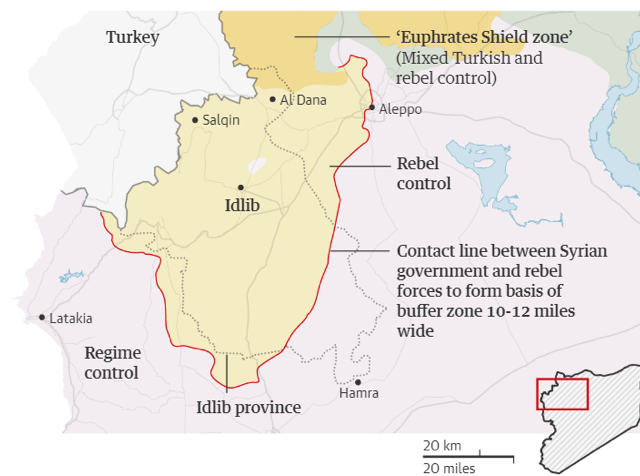Last week, the White House confirmed that a United States missile strike killed the top Al-Qaeda leader in Yemen While the assassination of Qasim al-Raymi, the Al-Qaeda in the Arabian Peninsula (AQAP) official eliminated a terrorist whose roots stretch beyond 9/11, it is unlikely that it will impact violence in the country or the overall effectiveness of the terrorist group.
Reporting from several sources recount that the Central Intelligence Agency (CIA) tracked al-Raymi and executed an unmanned drone strike against him — the second drone attack against the leadership of a US-government classified terrorist group. In recent years, his leadership was even characterized as detrimental to the AQAP’s operations and a successor, likely the reported external operations leader Khalid Batarfi, could provide the group with a sense of renewal.
Nonetheless, operations to neutralize AQAP leadership remains an ineffective way to combat the cyclical violence in Yemen. Fighting between separatist and government forces compound to create an atmosphere that breeds instability and terrorist groups like the AQAP. Prior to al-Raymi’s death, a soldier and a civilian were killed in an ambush linked to the AQAP whilst fighting between the two groups in Yemen’s civil war resulted in the loss of over 100 lives at a military training base around the same time.
American counterterrorism efforts have a long and complex history in Yemen. Since 9/11, the US has utilized everything from drone strikes, surveillance and special operations in the country. The outbreak of the Yemeni civil war in 2011 did not compel the US to shift their tactics or move towards their stated mission to “build the capacity of the local government forces, working by, with, and through these partners to accomplish our common counterterrorism objectives” in a way that proliferates the least amount of violence.
Civilians and ground forces in the Yemeni conflict face the brunt of the lack of policy development. Streets and hospitals are encompassed in the dangerous warzone. These types of situations allow terrorist groups like the AQAP to find a safe haven as those engaged in counter efforts on the ground are preoccupied with daily missile exchanges and the problematic task of sourcing enough medical supplies to treat the wounded.
The United States has suffered the consequences of its lack of amended counterterrorism policy in Yemen too. For instance, the AQAP claimed responsibility for the terror attack on the Pensacola Naval Air Station. It is evident that the war in Yemen pushed all of the players in the conflict to new levels of violent action.
The US needs to participate in peace efforts to deal with terrorism in Yemen. By leaving peace talks to the Saudi Arabia-led coalition, the power imbalance of the negotiating bodies propagate mistrust and devolve into violence. With seasoned diplomats, extensive experience in peace negotiation and a relationship on both sides of the conflict, the US has tools at its disposal to bring peace to Yemen while making the world a safer place for everyone in the process.






